English Ivy (Hedera helix) is a hardy, woody evergreen vine native to Europe and western Asia, widely cultivated for its attractive, glossy, dark green leaves that are typically lobed and grow alternately along the stems. It thrives in a variety of environments, from shaded forest floors to urban walls, where it climbs by means of small aerial rootlets that adhere to surfaces.
This fast-growing vine can reach lengths of up to 80 feet, forming dense mats that provide year-round greenery. English Ivy produces inconspicuous greenish-yellow flowers in late summer to fall, followed by small black berries that are toxic to humans but consumed by birds, aiding seed dispersal.
While prized for its ornamental appeal and groundcover capabilities, English Ivy is considered invasive in many regions due to its aggressive growth, which can smother native plants and damage trees by holding moisture against bark and increasing susceptibility to disease. It prefers moist, well-drained soils and tolerates a range of light from full shade to partial sun.
English Ivy is toxic to people and pets if ingested, causing symptoms such as skin irritation and gastrointestinal distress. Despite this, it remains popular for its classic, lush appearance and ability to create a verdant backdrop in gardens, landscapes, and indoor settings when potted.
🌟 Key Features:
-
Botanical Name : Hedera helix
-
Common Name : English Ivy
-
Light Needs : Partial shade to indirect sunlight (tolerates full shade)
-
Watering : Moderate; prefers consistently moist but well-drained soil
-
Growth Habit : Woody, climbing vine with aerial rootlets; can also spread as groundcover
-
Size : Can grow up to 80 feet long
-
Flowers & Fruit : Small greenish-yellow flowers; black berries (toxic)
-
Air Quality : Adds greenery but not noted as a significant air purifier
-
Toxicity : Toxic to humans and pets if ingested
-
Maintenance : Moderate; requires control to prevent invasive spread and damage to structures
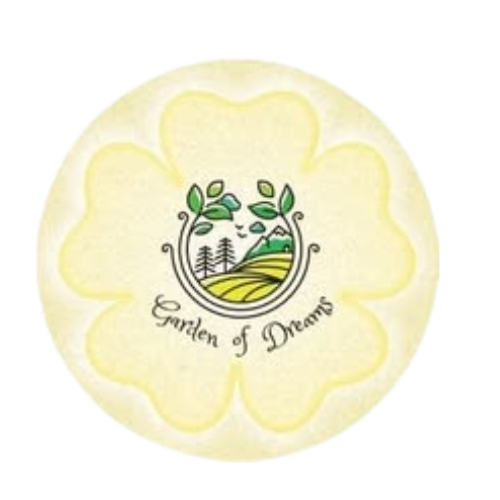
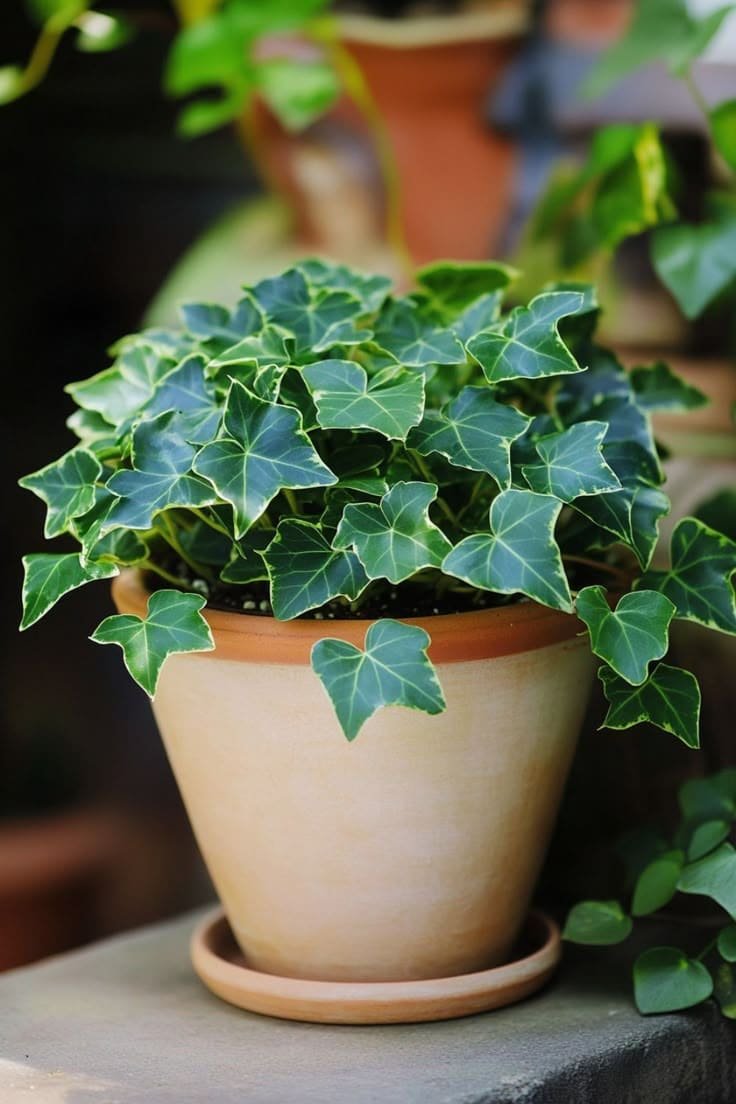
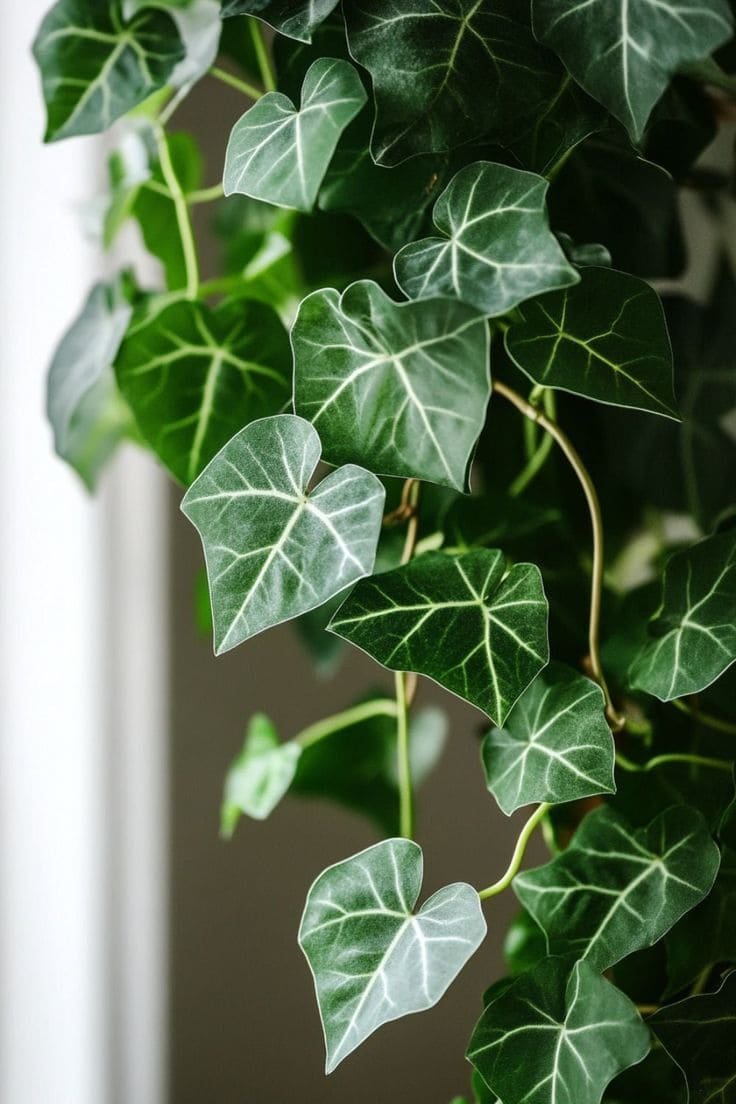
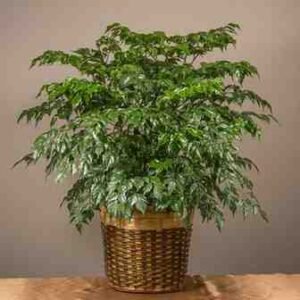
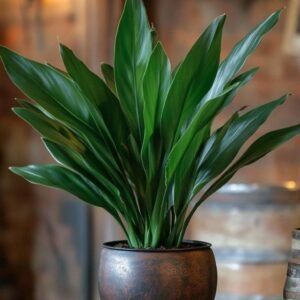
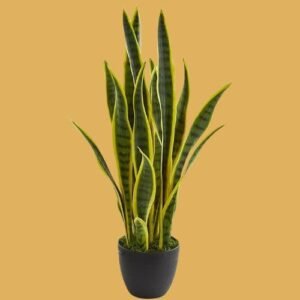
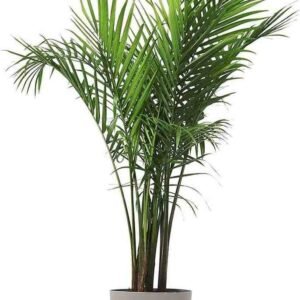
Reviews
There are no reviews yet.